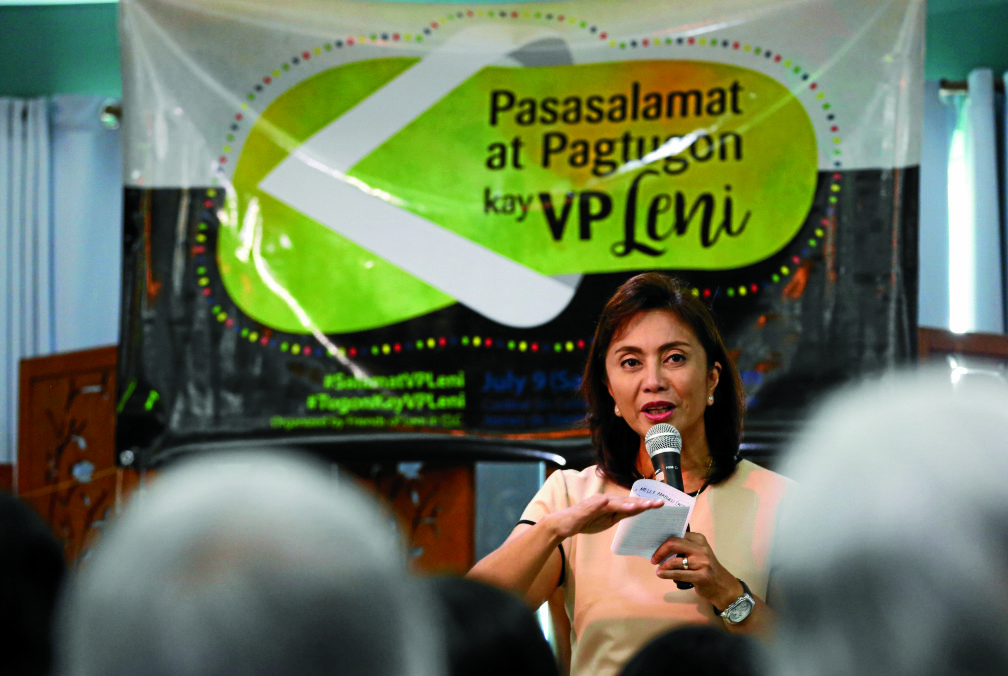VICE President Leni Robredo plans to visit the housing projects of the religious sect Iglesia Ni Cristo (INC) and other private groups to study effective models to address the country’s backlog of 1.4 million housing units
Robredo, who was designated by President Duterte to head the Housing and Urban Development Coordinating Council (HUDCC), met last week with INC executive minister Eduardo Manalo to discuss her plan to visit the religious group’s various housing projects in the provinces.
“I want to visit one (of their projects) so I can draw inspiration from it,” Robredo said.
“(Let’s) see if these could be replicated in other parts of the country,” she added.
Robredo said the government plans to build 5.5 million houses for poor families and address the backlog of 1.4 million units of the previous administration.
In a statement, INC general auditor Glicerio B. Santos Jr. said their outreach and housing program, dubbed Lingap sa Mamamayan, was part of the church’s “holistic approach to our outreach activities.”
He said the projects provide “onsite livelihood programs so that our brothers and sisters in need will not only have roofs over their heads, but also the means to put food on their tables.”
Expansion of initiative
“We envision an expansion of this initiative through the participation of our brethren from other sociocivic and religious groups so we can have a bigger impact on poverty reduction,” Santos said.
He said INC has established successful housing projects in Leyte, Camarines Norte, South Cotabato, Agusan del Sur and Oriental Mindoro.
Meanwhile, Robredo expressed her full support to the President’s decision not to allow the demolition of shanties without providing relocation to displaced slum dwellers.
“We believe in the dignity of those who are relocated, and that necessitates houses that have connections to electrical lines and have running water,” the Vice President added in a statement.
“Moreover, relocation sites should also be areas where residents may have livelihood options and have access to jobs and schools,” she said.
